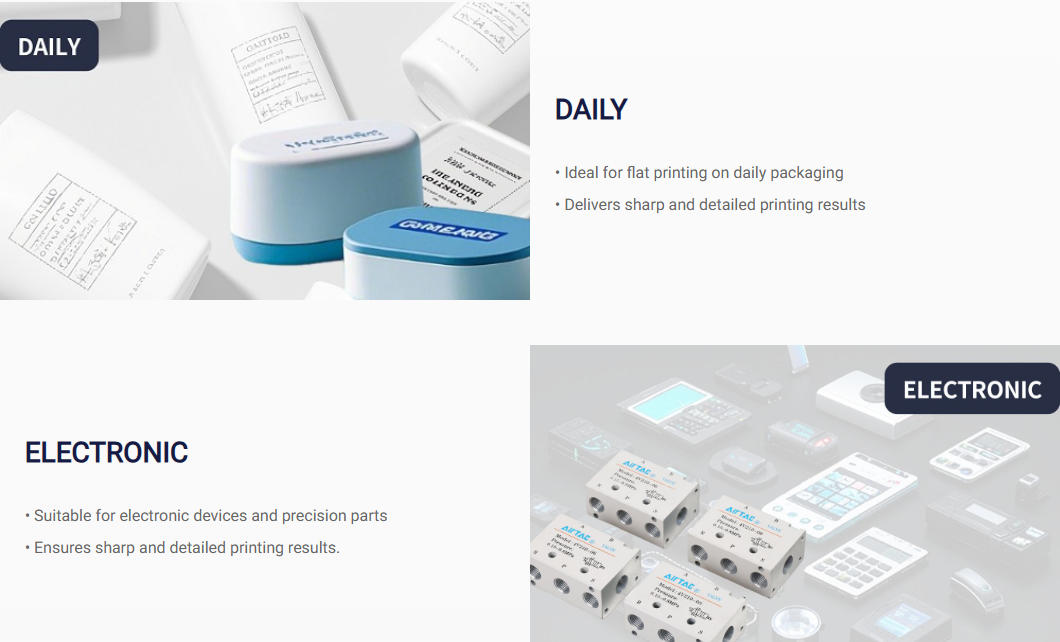Screen printing remains one of the most versatile and cost-effective printing methods across industries, from packaging and advertising to electronics and automotive components. However, beginners often underestimate the importance of matching the right equipment to their application. Choosing the wrong machine or misusing it can significantly reduce print quality, increase operational costs, and shorten equipment lifespan.

One of the most frequent beginner mistakes is assuming all screen printing machines work the same way. In reality, each type has unique strengths, limitations, and use cases. Below is a technical comparison that illustrates their key performance metrics:
| Feature / Specification | Positioning Round Bottle Screen Printer | High Precision Flat Screen Printing Machine | Full Automatic Turntable Screen Printing Machine |
| Best For | Cylindrical and curved surfaces | Flat panels, sheets, plates | Multi-surface, multi-color printing |
| Setup Complexity | Low | Moderate | High |
| Automation Level | Semi-automatic | Semi/Full-automatic | Fully automatic |
| Ideal Applications | Bottles, containers, tubes | Panels, signage, automotive parts | High-volume production, multi-color designs |
Higher-speed machines often trade off slight accuracy but significantly boost productivity. Beginners should balance these factors based on their application needs.
Positioning errors are among the top causes of print defects in screen printing. This issue is especially common with Positioning Round Bottle Screen Printer models, where even a 0.5 mm offset can cause a noticeable misalignment.
Typical beginner mistakes include:
Invest time in initial calibration. Many high-end round bottle printers come with adjustable positioning systems and fine-tuning knobs — using these correctly can reduce misalignment errors by up to 70%.
Another frequent oversight is running the machine too fast without adjusting curing or drying time. In Full Automatic Turntable Screen Printing Machine, for instance, high-speed operation can lead to:
Beginners often push the machine to its maximum rated output. However, balancing speed and curing can reduce defect rates by up to 50%, leading to significant material savings.
Even with advanced models like the High Precision Flat Screen Printing Machine, many beginners fail to match the right mesh count or squeegee hardness to the ink and substrate. This mismatch can lead to:
Best Practices:
Proper consumable selection is often underestimated but can improve print consistency by 20–30%.
Screen printing machines — especially fully automated ones — require regular maintenance to perform at peak levels. Neglecting lubrication, sensor cleaning, or registration recalibration can cause gradual deterioration in performance.
Here’s a recommended maintenance checklist:
| Maintenance Task | Frequency | Impact on Performance |
| Screen tension check | Every 2 weeks | Prevents misalignment |
| Sensor and registration cleaning | Weekly | Ensures accuracy |
| Squeegee pressure calibration | Monthly | Reduces ink waste |
| Pneumatic system inspection | Monthly | Maintains automation |
| Full mechanical inspection | Quarterly | Extends machine life |
A well-maintained Full Automatic Turntable Screen Printing Machine can run reliably for 8–10 years, while poor maintenance can reduce that to just 4–5 years.
While beginners often start with manual or semi-automatic systems to reduce costs, they frequently underestimate the long-term advantages of automation.
For instance, upgrading from a Positioning Round Bottle Screen Printer to a Full Automatic Turntable Screen Printing Machine can yield:
Automation is not just about speed — it’s also about consistency, scalability, and repeatability. This is particularly important when producing large runs or handling complex designs.
Many beginners fail to align their choice of screen printing equipment with their actual business model. Each machine type serves a distinct role:
By clearly defining production goals and matching them with machine capabilities, you can avoid costly upgrades or production inefficiencies later.

Most mistakes beginners make in screen printing stem not from machine limitations, but from mismatched expectations, incorrect setup, and insufficient process control. By carefully selecting the right equipment, using proper consumables, and prioritizing regular maintenance, even small printing operations can achieve professional-grade results.
Whether you choose a Positioning Round Bottle Screen Printer for small cylindrical products, a High Precision Flat Screen Printing Machine for detailed graphics, or a Full Automatic Turntable Screen Printing Machine for large-scale production, mastering the fundamentals early on ensures consistent quality, scalable output, and a significantly higher ROI as your business grows.
Work Time
Receive your information 24 hours a day
Beijing time: Monday to Friday 9:00-17:30